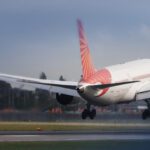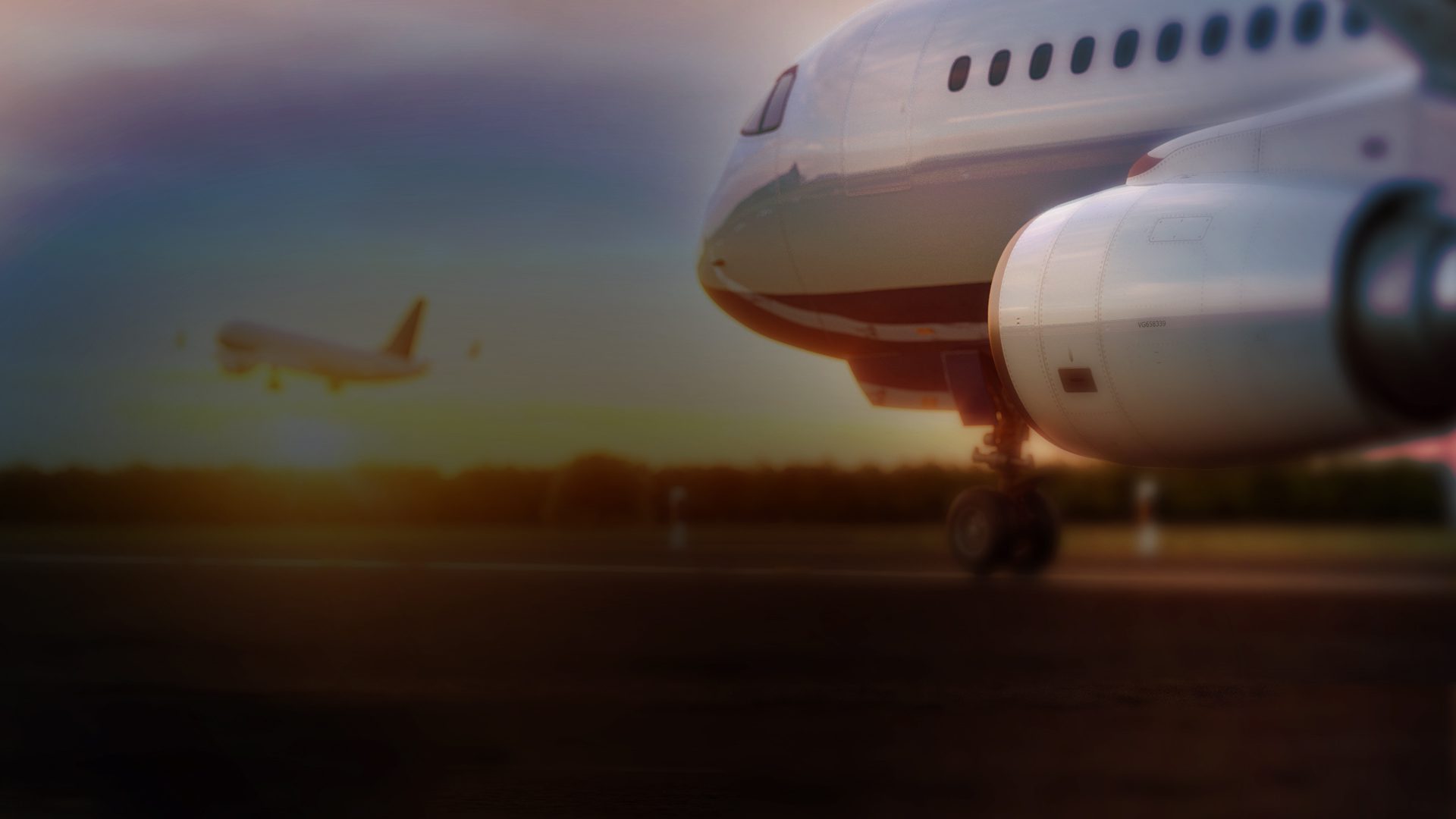On June 12, 2025, Air India Flight 171, a Boeing 787 Dreamliner, crashed just seconds after takeoff from Ahmedabad. Now, more than three months later, the investigation is still under heavy scrutiny. Families are still waiting for answers. Aviation experts, pilot groups, and courts have raised concerns about whether the probe is fair and transparent. Regulators are also under pressure to ensure accountability.
At Beasley Allen, our aviation attorneys—led by Mike Andrews—are standing with the victims’ families. We are representing over 120 families impacted by this tragedy. Our mission is to uncover the truth, hold negligent parties accountable, and push for reforms that make air travel safer.
Supreme Court Intervention
India’s Supreme Court has questioned the independence of the investigation led by the Aircraft Accident Investigation Bureau (AAIB). The Court called it “unfortunate” that a preliminary report was released that appeared to blame the pilots. That report suggested the pilots moved the fuel control switches from RUN to CUTOFF, causing both engines to lose thrust.
The Court stressed that crash investigations must be free, fair, and impartial. It also raised concerns about conflicts of interest, since some AAIB investigators are also part of India’s aviation regulator.
Pilots’ Association Demands
The Federation of Indian Pilots (FIP) has demanded a judicial probe led by a retired Supreme Court judge. The group says investigators broke rules by leaking cockpit voice recorder (CVR) details and by pushing a “pilot error” theory too soon.
The FIP also warned that blaming the pilots without full evidence harms the reputation of Captain Sumeet Sabharwal, a veteran with more than 15,000 flight hours. The group stressed that accident investigations should focus on preventing future crashes, not assigning blame. They also warned that India could face international criticism for failing to follow ICAO Annex 13 standards for impartial crash investigations.
Technical Failure Theories
Independent experts continue to point to technical failures as a likely cause. One theory involves possible electrical malfunctions linked to water leaks in the Boeing 787’s electronics bay. The FAA had already flagged similar risks in safety directives before the crash.
If confirmed, this would shift responsibility away from the pilots and toward design flaws or maintenance issues.
Check back for more updates!






